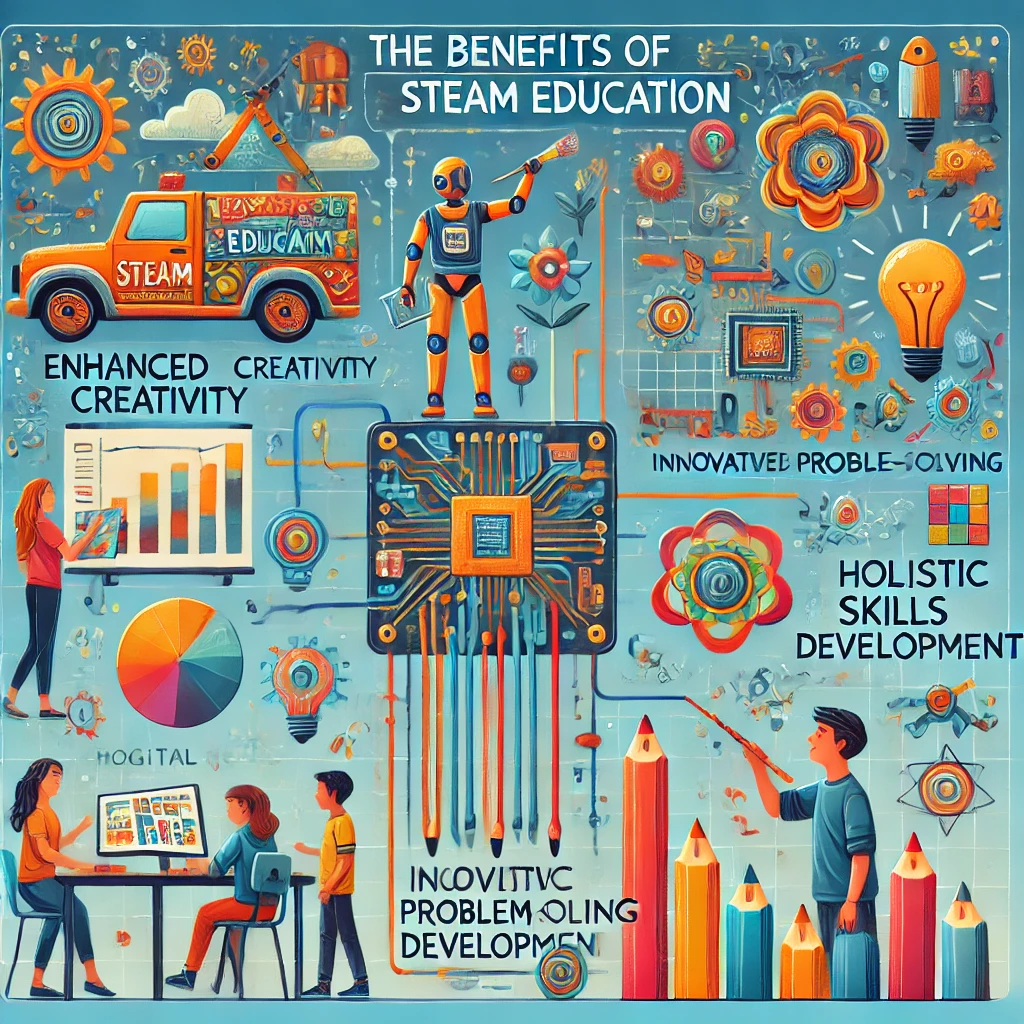
The expansion of STEM to STEAM marks an important shift in educational priorities that aligns with the complexities of today’s world. Integrating Arts into Science, Technology, Engineering, and Mathematics not only fosters a more holistic educational approach but also equips students with essential skills that transcend traditional disciplinary boundaries.
In India, the historical emphasis on conventional careers like medicine, engineering, and law stemmed from a combination of cultural expectations and economic stability. However, the evolving landscape—driven by globalization, technological advances, and societal change—has paved the way for students to explore diverse and interdisciplinary fields. The newfound acceptance of Arts in education reflects an understanding that creativity and analytical thinking are not mutually exclusive. In fact, they complement each other; creative thinking enables innovative problem-solving, while analytical skills ensure structured and efficient implementation of solutions.
Reports like those from the World Economic Forum underscore the critical nature of creativity in modern professions. With challenges becoming increasingly complex, the ability to approach issues from multiple perspectives is invaluable. The integration of Arts into STEM helps nurture emotional intelligence, empathy, and communication skills, making graduates more adaptable and equipped for roles that demand both critical and innovative thought.
As parents and educational systems in India become more receptive to these shifts, students are finding new pathways that allow them to blend creative and logical skills, leading to careers in fields such as design engineering, tech-based art, data visualization, and more. This broader acceptance fosters a generation that is not only prepared for current job markets but is also capable of shaping the future landscape with adaptability and ingenuity.
Preparing students for the future requires a shift towards an education system that embraces the multifaceted demands of the modern era. With rapid technological advancements and evolving societal needs, fostering a robust and well-rounded education from an early age is essential. STEAM education, which integrates the Arts into the foundational framework of Science, Technology, Engineering, and Mathematics, stands as a forward-thinking response to this challenge. This approach equips students with both analytical skills and creative insights, forming a balanced set of competencies necessary for navigating the “era of intelligence.”
In this new age, where groundbreaking technologies like Artificial Intelligence (AI), the Internet of Things (IoT), and virtual reality are revolutionizing entire industries, a STEAM-focused curriculum ensures that learners are prepared not only for the technical aspects of their fields but also for the broader, human-centered challenges they will face. The inclusion of the Arts nurtures qualities such as creativity, empathy, and emotional intelligence—qualities that are essential for true innovation and leadership.
STEM education has long provided a strong foundation in scientific and technical disciplines. However, the evolution to STEAM signifies an acknowledgment that success in the 21st century requires more than technical proficiency. Schools that integrate subjects like hydroponics and interdisciplinary projects are creating environments where students can develop holistic skill sets. This approach helps students become not only experts in their domains but also adaptable, innovative, and empathetic leaders equipped to thrive in a world marked by complexity and interconnectedness.
What is STEAM?
- STEM traditionally emphasizes subjects that develop technical and critical-thinking skills.
- STEAM includes the Arts, broadening the scope to encourage creative problem-solving, adaptability, and a deeper connection between disciplines.
Why Shift from STEM to STEAM?
- Enhanced Creativity: Integrating the arts promotes divergent thinking, allowing students to approach challenges from multiple perspectives.
- Innovative Problem-Solving: Combining artistic processes with technical methods leads to more inventive solutions.
- Holistic Skills Development: STEAM equips students with a blend of hard and soft skills, improving communication, empathy, and teamwork alongside scientific and mathematical proficiency.
- Real-World Applications: Industries increasingly value employees who can merge technical knowledge with creative input, vital for areas like design, user experience, and tech-art collaborations.
How is STEAM Implemented?
- Project-Based Learning: Students might work on projects that require coding and design or building models that incorporate aesthetics and function.
- Collaborative Work: Cross-disciplinary group projects encourage input from different subject areas, such as engineering students collaborating with art students to create functional and visually appealing prototypes.
- Curriculum Development: Courses are adapted to integrate topics like digital art, design thinking, and multimedia storytelling alongside traditional STEM topics.
Benefits of STEAM Education
- Greater Engagement: Students are often more motivated when they see how their technical skills can be applied creatively.
- Critical and Reflective Thinking: Engaging with art encourages students to think more deeply about the impact of their work on people and society.
- Preparation for Future Careers: STEAM helps produce adaptable, creative thinkers ready for an ever-evolving job market.
By merging the logical and imaginative, STEAM education prepares students not just for the current demands of the workforce but for leading the innovative shifts of the future.
